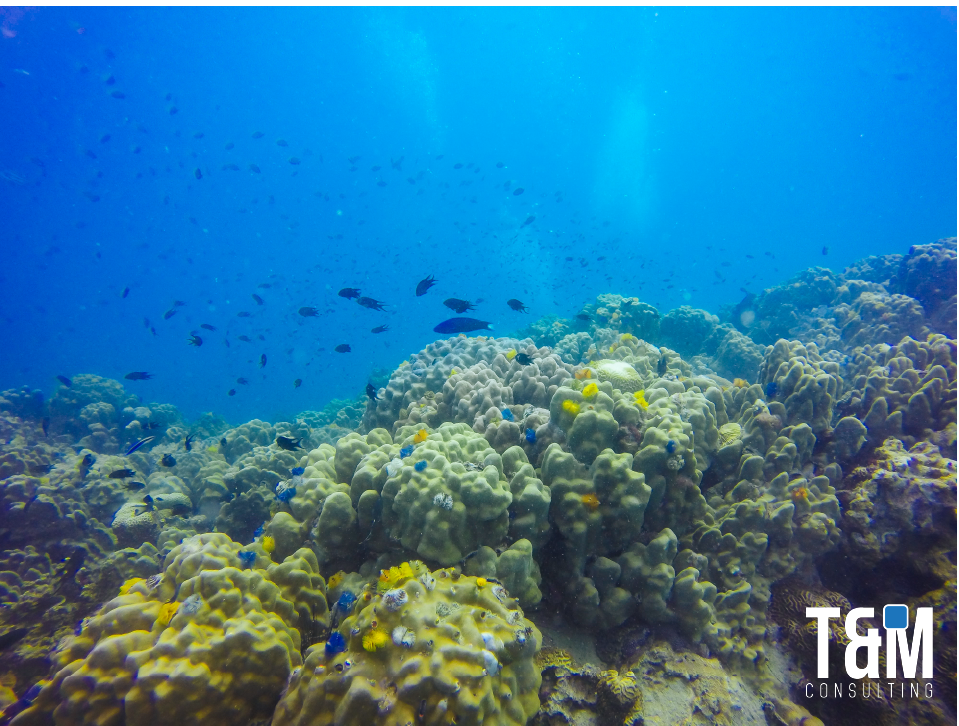Robotics
SeaClear, a project to remove waste in deep waters.

With the monetary support of the European Union's Research and Development Community Information Service, a new project is born with the aim of collecting garbage that over many years has accumulated in the oceans.
Called SeaClear, and led by Dr. Bart De Schutter, a professor at the Delft University of Technology in the Netherlands, this project is based on using robots with an innovative technique that searches for and removes debris in deep waters and in recondite areas of the ocean.
According to the project presentation, it is currently estimated that the oceans contain between 26 and 66 million tons of waste, 94% of which is found in deep waters such as the seabed. In general, cleanup work is carried out superficially, with trained divers, depending on their experience they can go deeper or not to perform more complex tasks.
On the other hand, cleanup teams must face difficulties such as large currents and deep water masses, which not only drag garbage to remote areas, but also deteriorate the ocean ecosystem.
Based on this approach, SeaClear was born, a proposal whose central objective is to collect the most difficult to reach garbage through the use of robots, as Dr. Bart De Schutter explains for Horizon, an EU research magazine, "We believe that our project is the first that will collect underwater garbage automatically with robots".
An underwater robot equipped with cameras and sonar will be responsible for finding and detecting the garbage, located on the ocean floor, accompanied by a drone that will help in the search for waste when the water is clear, through overflights in certain areas; and in cloudy areas it will look for impediments that could be avoided as boats. Artificial intelligence plays a fundamental role, as it will be able to distinguish waste from other elements of the ecosystem such as marine fauna and flora. The algorithm has a database of images of objects such as plastic bottles and other items classified as waste.
A second robot is responsible for the collection, of the items mapped by its companions, equipped with a gripper and suction equipment, picking up debris and depositing it in a basket that will then rise to the surface.
"We did some initial tests near Dubrovnik, where a plastic bottle was purposely deposited and we picked it up with a gripper robot," commented Dr. De Schutter, "We will have further experiments where we will try to recognize more pieces of trash in more difficult circumstances and then pick them up with the robot."
Dr. De Schutter and his fellow researchers have estimated that SeaClear could detect up to 90% of the debris located on the ocean floor and collect up to 80% of the identified items, an approach aligned with EU targets for water and ocean restoration.
SeaClear began on January 1, 2020, and its deadline for full implementation is December 31, 2023, with testing having taken place off the Dubrovnik coast of Croatia during September 2021.
In the short term, reports are expected on this and similar parallel projects, but for rivers.
You can read more about SeaClear at:
https://cordis.europa.eu/project/id/871295
01 de Marzo, 2022





